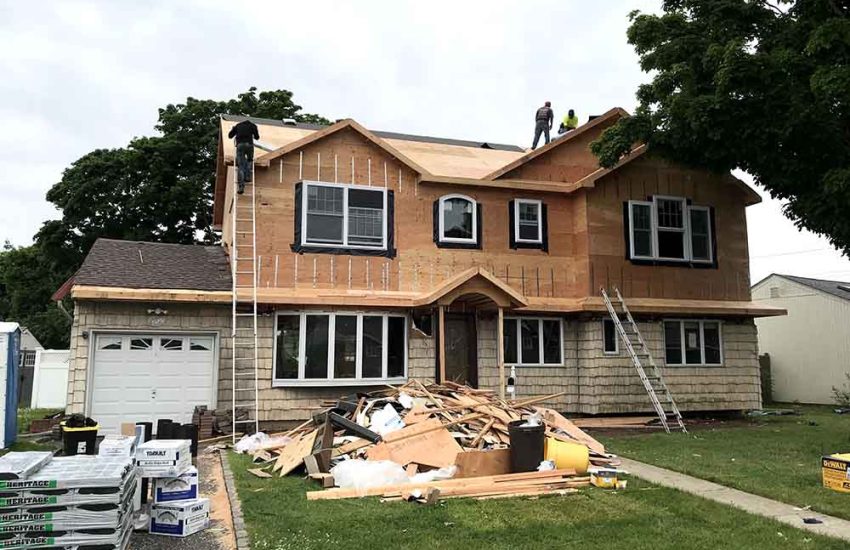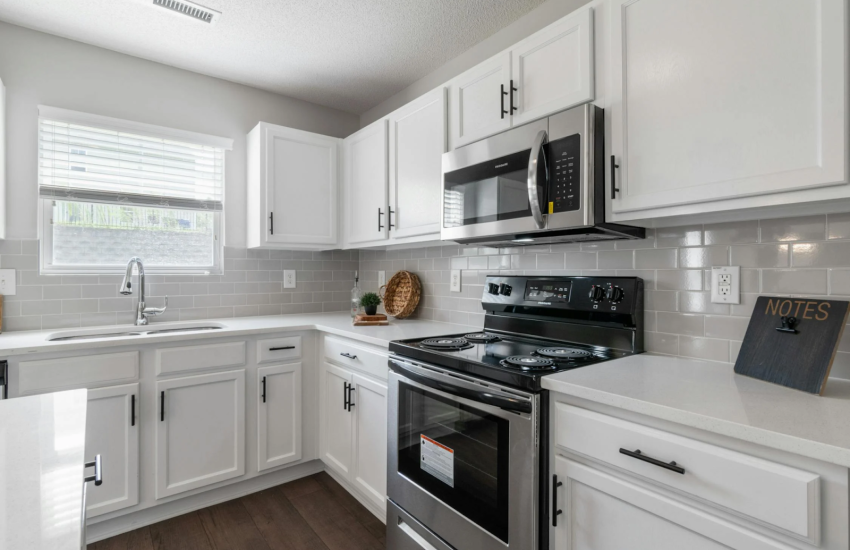How Can Room Soundproofing Solutions Be Customised to Suit Different Needs?
One size does not fit all when it comes to enjoying peace and quiet. We experience sound in a variety of environments, from the hustle and bustle of the office to the serene tranquillity of our home sanctuaries.
For some, quiet may be the absence of any external noise. For others, it could be a precise, acoustically-tuned musical note. Regardless of your definition of silence, there’s a soundproofing solution customised just for you. Here’s how to tailor these solutions to your unique needs:
Understanding the Need
Before we begin customising your room soundproofing, it’s crucial to comprehend why this service matters. Soundproofing is about controlling sound in an environment, to ensure that sounds don’t travel where they shouldn’t. It’s not just about silence; it’s about creating the right auditory space for your specific purpose.
Customisation for Homeowners
● Bedrooms
For the bedroom, ensuring a quiet, peaceful environment is typically the main goal. Soft materials like thick carpets and curtains can help absorb sound and create a more intimate space.
Acoustic panelling behind your headboard is another discreet way to keep bedroom noises from disturbing your sleep.
● Home Offices
In the age of remote work, a soundproof home office can be the difference between a productive day and a source of frustration. Solutions could range from adhesive acoustic foam tiles for quick, effective sound absorption to more elaborate measures like additional drywall layers if the home office is constructed within an existing room.
● Media Rooms
Creating the ultimate movie or gaming experience means not disrupting the rest of the household. Here, a combination of sound-deadening curtains, bass traps in the corners, and specialised acoustic tiles could be the answer to high-quality audio without the echoing noise for others in the house.
Tailoring for Musicians
● Recording Studios
For musicians, pristine acoustics are a must. Recording studios often employ a “room within a room” design to completely isolate the space. Coupled with specialised soundproof doors and windows and internal acoustic panelling, this setup ensures high-fidelity recordings with minimal external interference.
● Practice Spaces
Adequate isolation is key in creating practice spaces. This could mean a combination of soundproofing materials within the room, such as mass-loaded vinyl on walls, along with sound-isolating additions like door seals and under-door draft stoppers to prevent sound leaks.
● Live Rooms
The live room of a studio, where bands perform together, requires a balance of diffusion and absorption. Semi-rigid fibreglass or rock wool panels on the walls and ceiling can achieve this while maintaining clarity. It’s a complex balance that professionals can help calibrate to the exact needs of the room and the genres performed within.
Office Friendly Solutions
● Open-Plan Offices
To maintain a productive open office environment, sound masking or white noise systems can help reduce the intelligibility of speech, which is a common distraction. Additionally, adding modular partitions or high-backed furniture can muffle sound and provide visual privacy as well.
● Conference Rooms
Clarity is essential in conference rooms to ensure that important communication is heard and understood. Highly absorbent materials on the walls and ceiling, as well as double glazing for conference room windows, can significantly reduce reverberation and echo, enhancing speech intelligibility without sacrificing confidentiality.
The Role of Professional Advice
Soundproofing isn’t just about adding insulation or buying the latest gadget. It’s a craft that requires a good deal of science and expertise. Consulting with professionals can provide insight into the specific sound-related challenges of your space, which can then guide the selection and placement of soundproofing materials.
The decision to take on a soundproofing project yourself or enlist the help of a professional isn’t always clear-cut. Simple, low-cost solutions like weather stripping for doors are easily implemented, while more complex treatments, such as constructing an isolation booth, warrant the expertise of a professional.
DIY projects can save money, but professional installation ensures a more precise and effective solution. It’s essential to consider the complexity of your project and weigh in factors like budget and time constraints before making a decision.
Conclusion
Customised soundproofing can transform your living, working, or creating an environment to match your unique auditory needs. The key is to understand the purpose of each space and consult with professionals for expert guidance. With a tailored soundproofing solution, you can enjoy your desired level of quiet and productivity without compromising comfort and style.
Next time you’re struggling with unwanted noise, remember that there’s a customised soundproofing solution waiting just for you. So don’t hesitate to explore the options and create your perfect sound environment. See you in silence!




